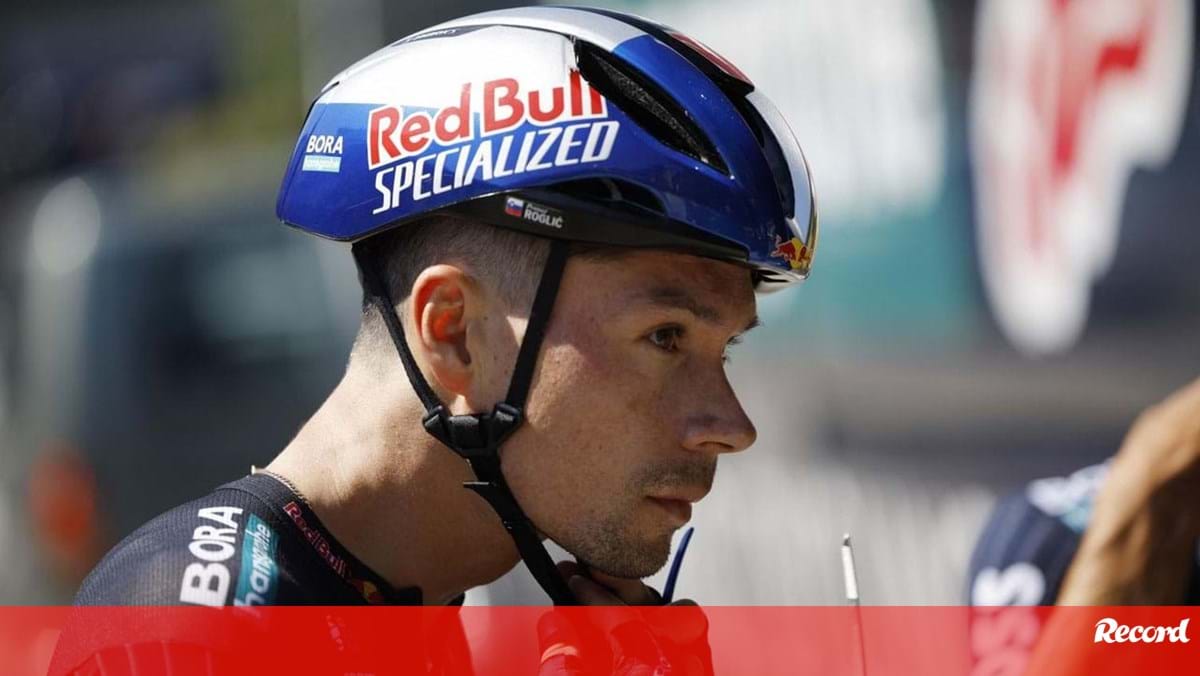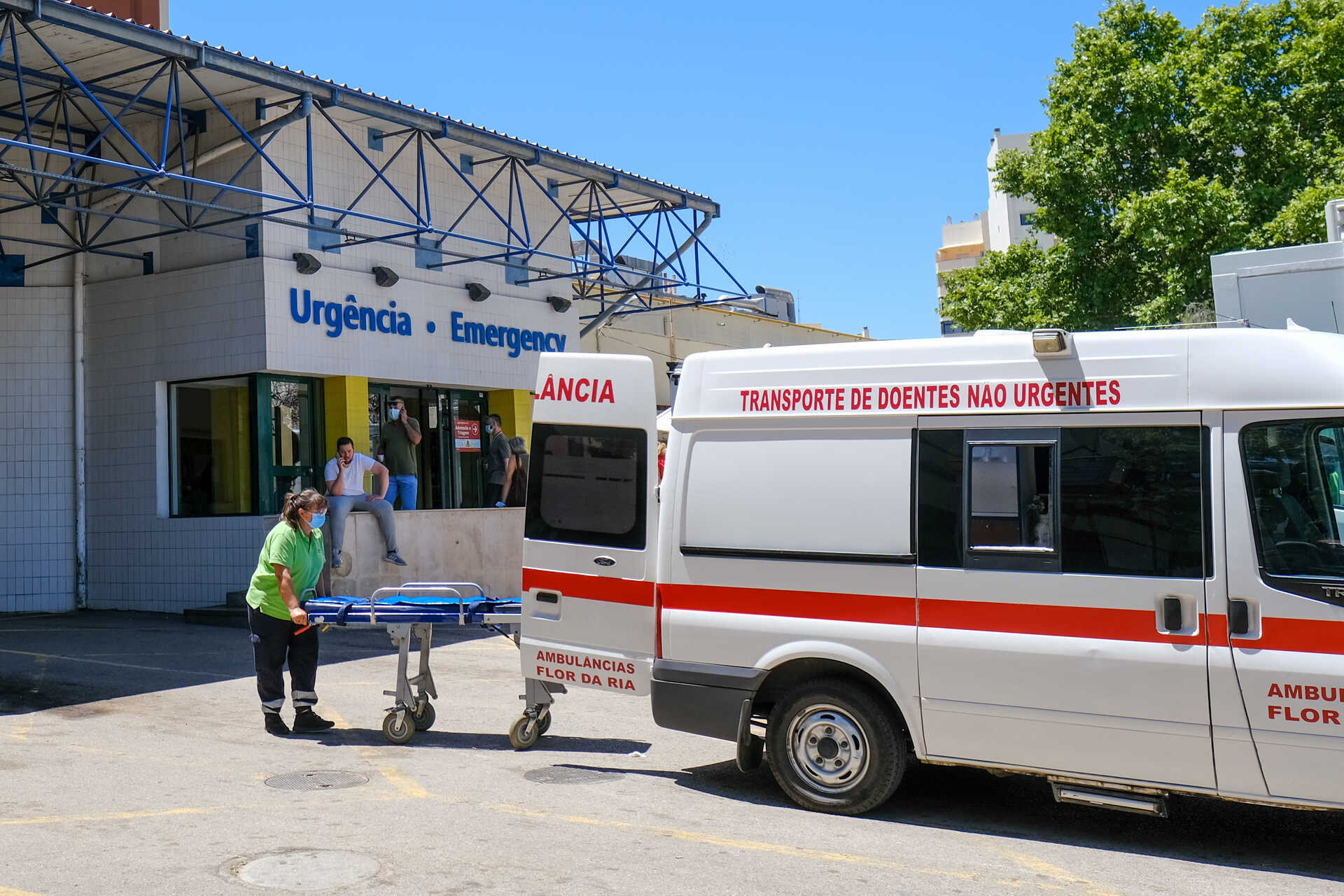Summary:
Heavy rainfall in Algarve increased water storage to 46% capacity.
Odeleite dam reached 71%, showing significant improvement.
Arade and Bravura dams remain critically low at 17% and 14% respectively.
Hydrological drought conditions persist in the Algarve, especially in Barlavento.
Calls for construction of new dams to enhance water resources and support agriculture.
Significant Rainfall Boosts Algarve's Water Reserves
In just three days, intense rainfall in the Algarve region has led to an increase of nearly 53.7 hectometers cubed (hm³) of water in the public reservoirs, as reported by José Pimenta Machado, president of the Agência Portuguesa do Ambiente (APA). The overall water storage has risen from 34% to 46% of capacity.
As of January 23, data from the National Water Resources Information System (SNIRH) indicated a total of 204 hm³ stored across the dams of Arade, Funcho, Odelouca, Bravura, Beliche, and Odeleite. Notably, Odeleite saw the most significant accumulation, increasing by 32.39 hm³ to 71% capacity, which is an increase of 48.4 hm³ compared to the same period last year.
Beliche is now at 58% capacity, rising by 9.45 hm³, while Funcho has reached 42% with an additional 4.2 hm³. Odelouca also made gains, increasing to 35%, although it still remains in the red with 54.7 hm³.
Critical Water Levels Persist
Despite the increase, the water reserves in Arade and Bravura remain critically low, at only 17% (4.79 hm³) and 14% (4.78 hm³) respectively. The APA reported minimal increases of 0.15 hm³ in Arade and 0.34 hm³ in Bravura.
The APA noted that the recovery was more pronounced in the Sotavento Algarve (eastern region), improving the situation to mild hydrological drought. However, in the Barlavento (western region), areas like Bravura and Arade continue to face extreme hydrological drought conditions.
Continued Drought Concerns
Although rainfall has improved water levels, the hydrological drought situation persists, especially in the western Algarve. The available volumes do not ensure reserves will last over a year. The APA anticipates further increases in stored water due to runoff from 59 local streams, and more rain is expected across mainland Portugal.
In a national overview, the total water volume stored remains around 72%. However, the groundwater levels, particularly in the Querença-Silves aquifer, are still critical, with some monitoring points showing record low values.
Call for New Dams
Despite the positive rainfall news, the Intermunicipal Community of Algarve (Amal) emphasized the urgent need for the construction of Foupana and Alportel dams. The Sotavento Irrigation Plan Beneficiaries Association (ABPRSA) highlighted the potential benefits these reservoirs could bring to agriculture and public water supply.
The proposed Foupana project aims to enhance water resources in both Sotavento and Barlavento regions, which could reduce domestic water tariffs. Meanwhile, the Alportel dam could store an additional 10 hm³ of water.
Local authorities also raised concerns about the pressure on the aquifer supplying the Sotavento irrigation area, noting potential contamination from saltwater intrusion. The Amal communiqué reiterated the necessity of advancing plans for water capture from the Guadiana River at Pomarão, which has received project approval, and connecting the Alqueva dam system to Beliche-Odeleite.










Comments
Join Our Community
Create an account to share your thoughts, engage with others, and be part of our growing community.